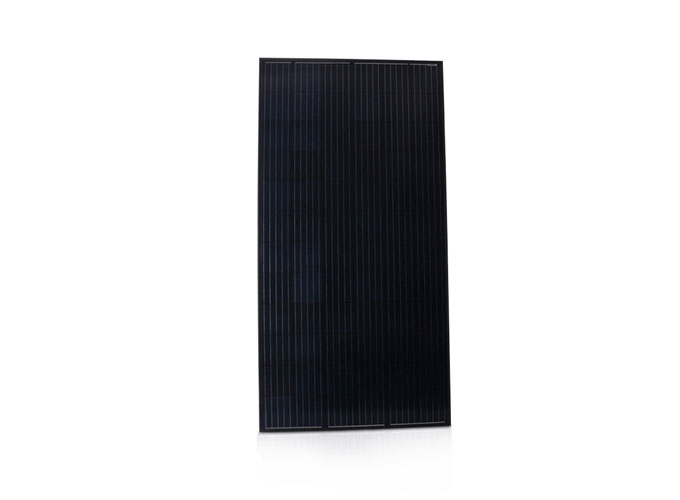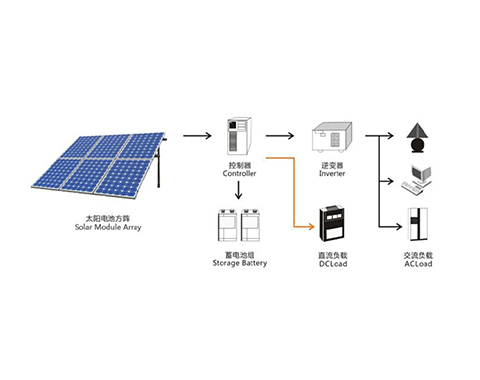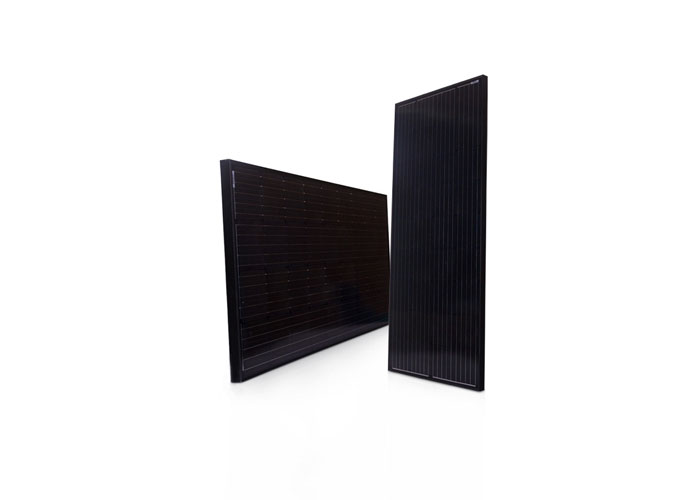The types of electric car charger adapter
The electric car charger adapter can be classified into two categories according to whether there is a power frequency (50 Hz) transformers.
1. Freight three-wheeled EV charging adapters generally use chargers with power frequency transformers, which are large in size, heavy in weight, and consume lots of electricity, but are reliable and cheap;
2. Electric bicycles and electric motorcycles use the so-called switching power supply electric car charger adapter, which saves electricity and has high efficiency, but it is easy to break.
(1) The correct operation of the switching power supply electric car charger adapter is that when charging, insert the battery first, then add the mains supply; when it is full, first cut off the mains supply, and then unplug the battery. If you pull the battery plug first when charging, especially when the charging current is high (red light), it is very easy to damage the charger.
(2) Commonly used switching power supply electric car charger adapters are divided into two categories including half-bridge and single-excited types, and single-excited types are divided into forward and flyback ones. The half-bridge electric car charger adapter has high cost and good performance, and is often used in chargers with negative pulses; the single-excited type has low cost and high market share.
Ⅱ. The negative pulse electric car charger adapter
Around 2000, someone applied this principle to an electric car charger adapter. During the charging process, the charging path was not cut off, and a small resistor was used to instantaneously short-circuit the battery for discharge. Since the charging path is not cut off during a short circuit, an inductance is connected in series in the charging path. Generally, it is short-circuited within 1 second for 3 to 5 milliseconds (1 second = 1000 milliseconds). Because the current in the inductor cannot jump, the short-circuit time is short, which can protect the power conversion part of the electric car charger adapter. If the direction of the charging current is called positive, the discharge will naturally be negative, and the term negative pulse charger appears in the electric vehicle industry, and it is said that it can extend battery life and so on.
Ⅲ. Three-stage electric car charger adapter
In recent years, so-called three-stage electric car charger adapters have been commonly used in commercial and home charging electric vehicles. The first stage is called the constant current stage, the second stage is called the constant voltage stage, and the third stage is called the trickle stage. For batteries. The first stage is called the charging current limit stage, the second stage is called the high constant voltage stage, and the third stage is called the low constant voltage stage. When the second stage and the third stage are converted, the indicator on the panel changes accordingly. Most chargers are red lights in the first and second stages, and green lights in the third stage. The mutual conversion between the second stage and the third stage is determined by the charging current. A current greater than a certain current enters the first and second stage, and a current smaller than a certain current enters the third stage. This current is called conversion current, also called turning current.
Early chargers, including chargers for brand-name cars, have changed their lights, but they are actually constant-voltage and current-limiting chargers, not three-stage electric car charger adapters. Generally, this type of EV car charger adapter has a stable voltage value, about 44.2V, which is just suitable for the sulfuric acid battery with a high specific gravity at that time.
Ⅳ. Some correct charging methods for home charging electric vehicles
1. Recharge the electric vehicle for 2 to 3 hours after the light turns green.
2. The principle is shallow discharge (electricity) and frequent charging (electricity), that is, even if you don't ride far enough, you also need to charge it in time, and avoid recharging after the vehicle has no power at all.
3. The home charging electric vehicles should be recharged regularly (2 to 3 months) if they do not ride for a long time.
4. For batteries with long-term shallow discharge, a deep discharge in about 3 months, the so-called charging after discharging all power, is beneficial to the activation of long-term immobile substances in the deep part of the battery.




